|
♥ Eco Lovely Forest: Green Capim is part of a Climate Positive Workforce, in a partnership with Ecologi. We have our own forest, which grows approx. 24 trees every month, and we support incredible, science-backed climate projects around the world. These range from landfill gas capture in Chile to clean cooking stoves in Malawi. Ecologi calculate our carbon footprint based on data from the World Bank, which reports CO2 and other greenhouse emissions that occur here in Switzerland. Then these data are combined with imported emissions (for products manufactured overseas) using data from Global Carbon Project. Finally, they add 15% to this value to ensure we are becoming climate positive by offsetting more than our footprint. At the moment, our total is 28T CO2 to be offset over the course of a year. You can check the status of our forest here. If you like this collective climate action and decide to sign up after seeing our page, they will plant extra 10 trees in our forest! You can sign up as an individual and/or as a business. 
Bamboo is one of the fastest growing, renewable resources in the world and it’s very often confused as a tree, but in fact, bamboo is the tallest and largest type of grass known! Moso bamboo is native to Asian countries and grows up to 20 meter long. It grows naturally without the use of harsh chemicals or pesticides or machinery. Their root system makes the bamboo very suitable for reforestation on poor grounds and by harvesting it, the yield and quality of the plantation actually increases. The bamboo stems are ready for harvest after 4-5 years planting. Sources: 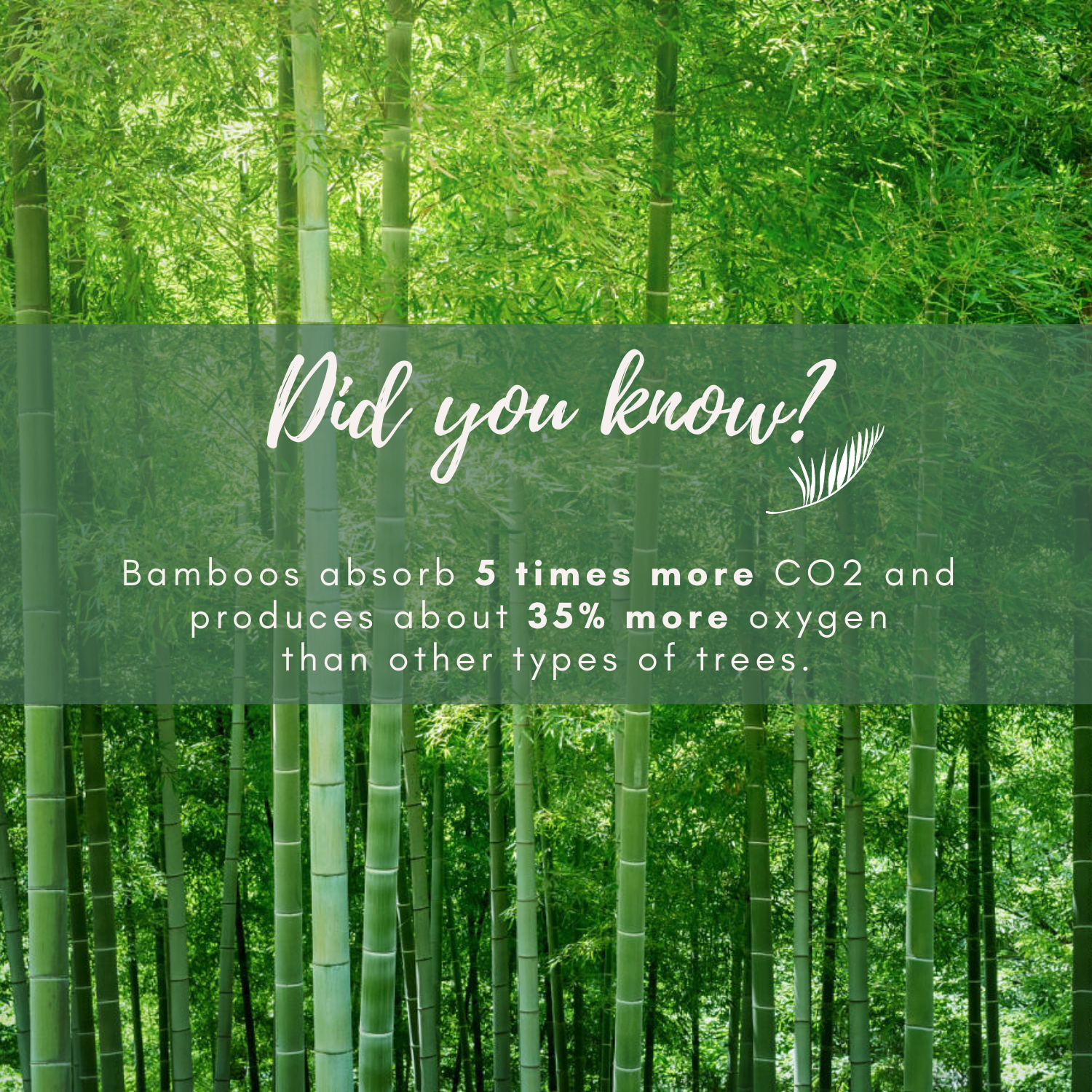
Moso bamboo absorbs 5 times more CO2 and produces about 35% more oxygen than trees. Agriculture studies in commercial bamboo plantations in Italy show that Moso Bamboo has the capability of capturing 52 tons of CO2 per acre in the first 7 years after planting. Pandas don't eat and don’t use Moso Bamboo as a shelter. They live in a different area of China, where they mainly use the lower species of bamboo as the main food source. Sources: 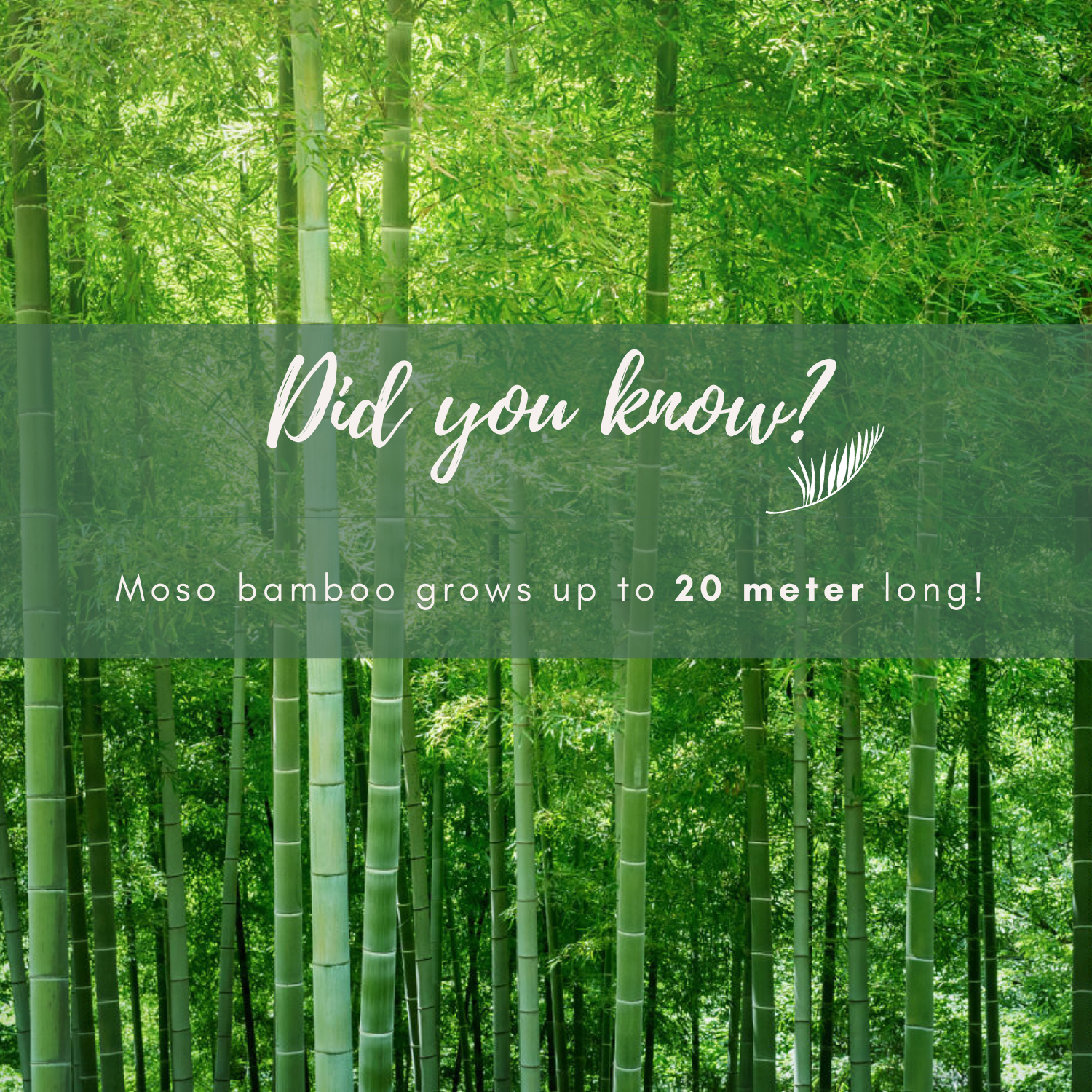
Bamboo is one of the fastest growing, renewable resources in the world. Bamboo is not a tree, it’s the tallest and largest type of grass known! They absorb 5 times more CO2 and produces about 35% more oxygen than trees. Moso bamboo grows up to 20 meter long. Sources: 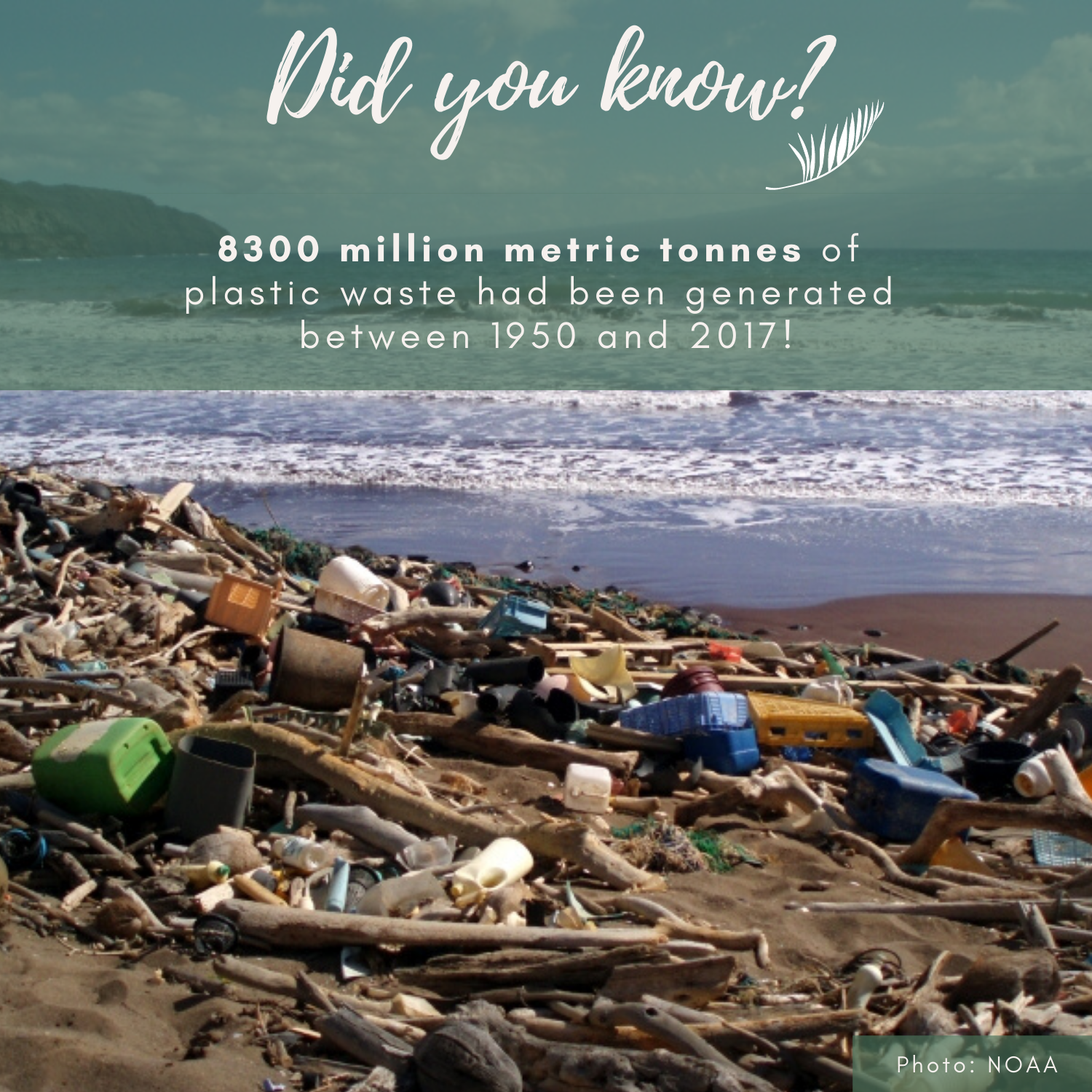
As 2017, approximately 8300 million metric tonnes of plastic waste had been generated since 1950, when polypropylene was discovered. The 8.3 billion tonnes are as heavy as 25,000 Empire State Buildings in New York, or a billion elephants! Join us and continue becoming climate-positive here Sources: https://www.nationalgeographic.com https://advances.sciencemag.org https://www.ellenmacarthurfoundation.org 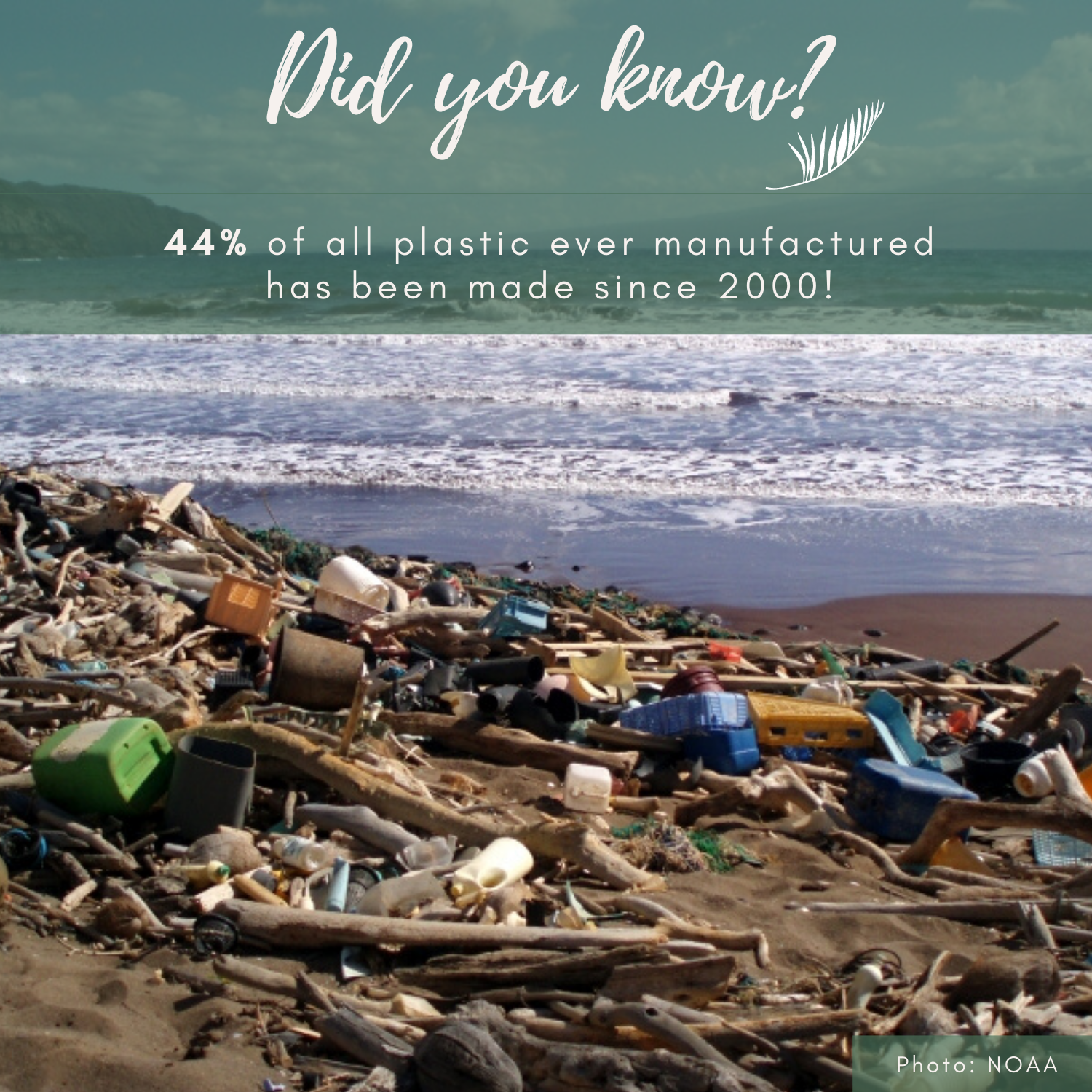
Globally, humans have produced more plastic in the last 15 years than they have in the last 50 years: 44% of all plastic ever manufactured has been made since 2000! Currently, more than 300 million tons of new plastic is produced, and If the current production and waste management trends continue, roughly 12,000 million metric tonnes of plastic waste will be in landfills or in the natural environment by 2050... there will be more plastics than fish (by weight) in our oceans! Sources: https://www.nationalgeographic.com https://advances.sciencemag.org https://www.ellenmacarthurfoundation.org 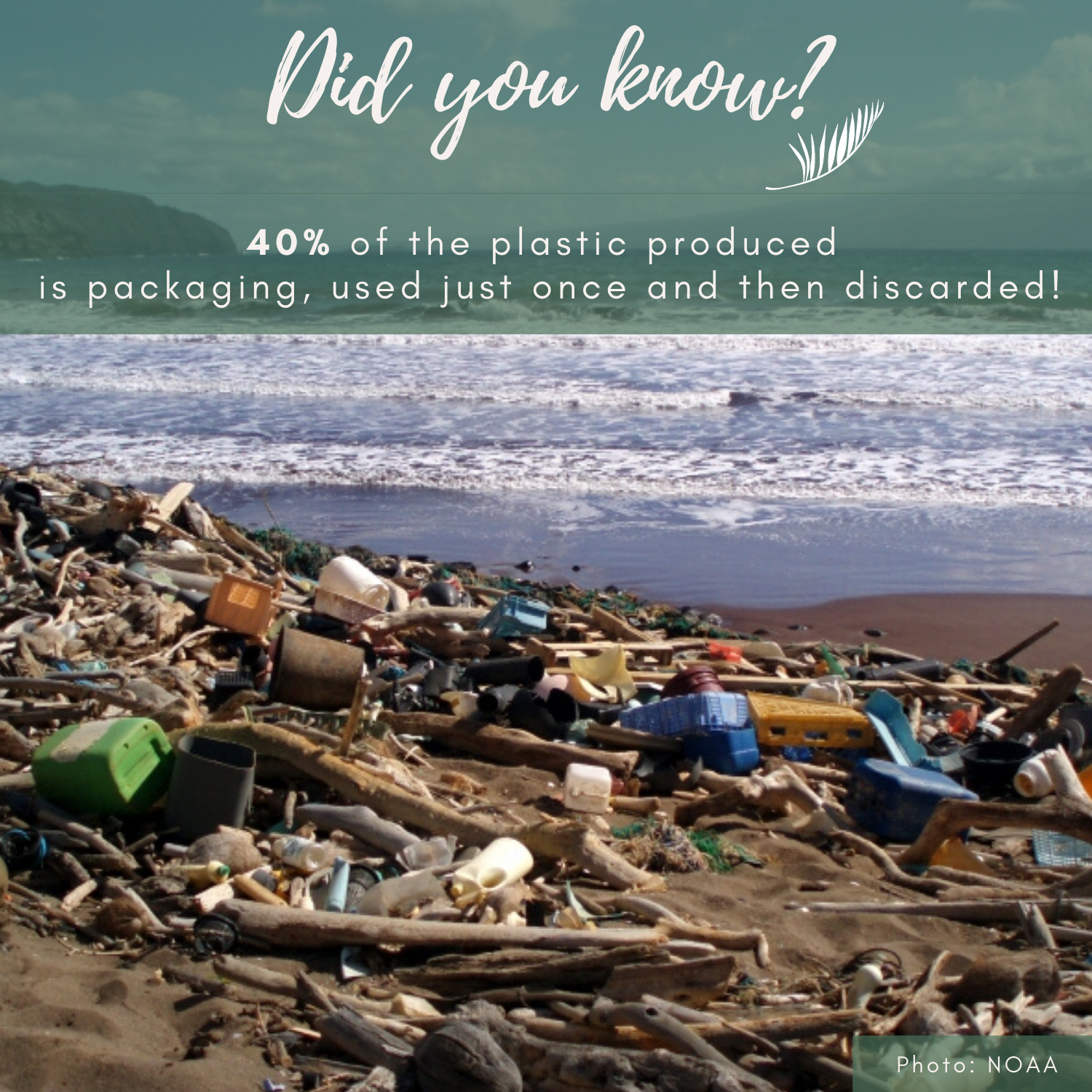
Forty percent of plastic production is packaging, used just once and then discarded. In Europe, 59% of all plastic waste came from packaging in 2015. Sources: https://www.nationalgeographic.com https://advances.sciencemag.org https://www.ellenmacarthurfoundation.org 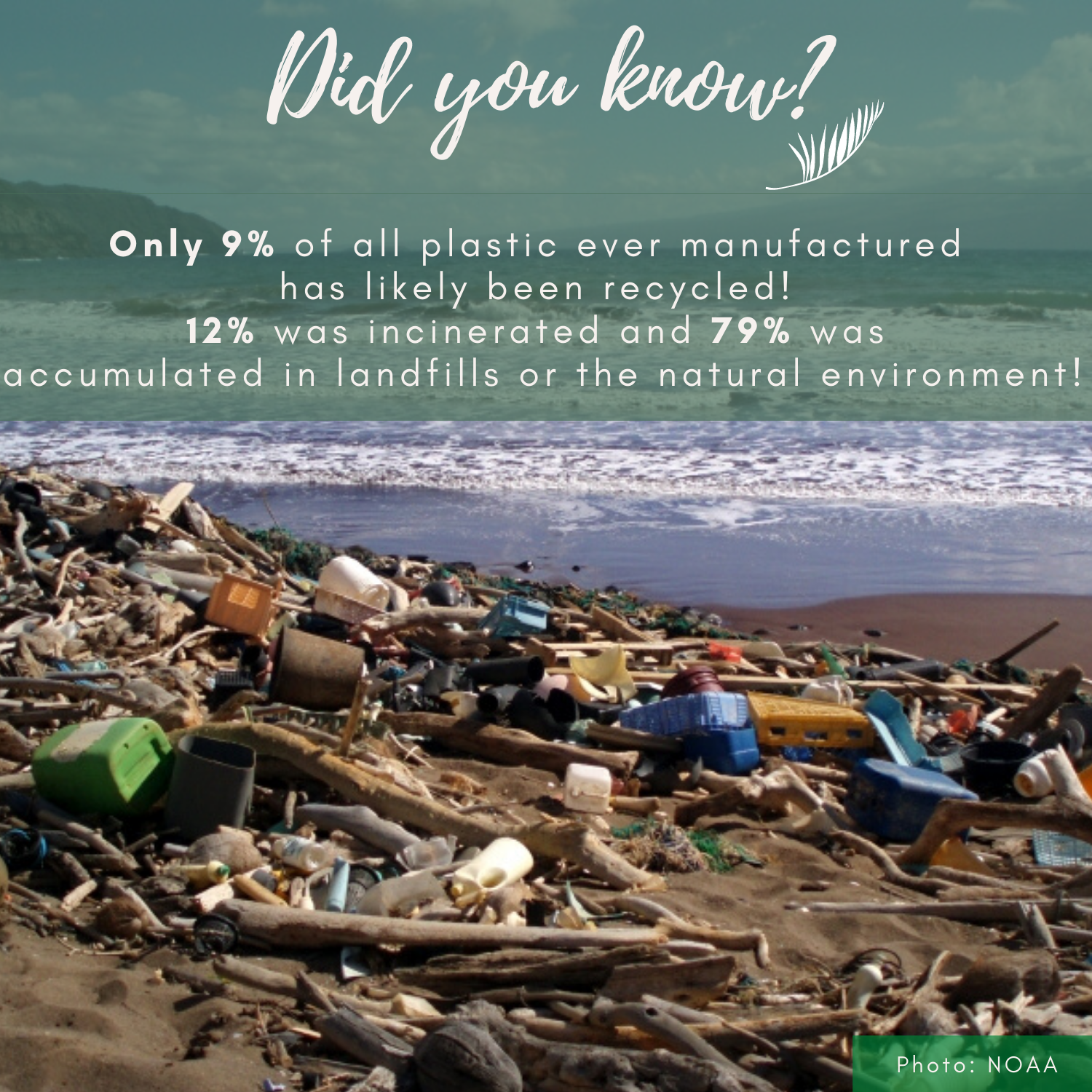
Unfortunately, only nine percent of all this plastic ever manufactured has likely been recycled! The other 90.5%, 12% was incinerated and 79% was accumulated in landfills or the natural environment. Sources: https://www.nationalgeographic.com https://advances.sciencemag.org https://www.ellenmacarthurfoundation.org 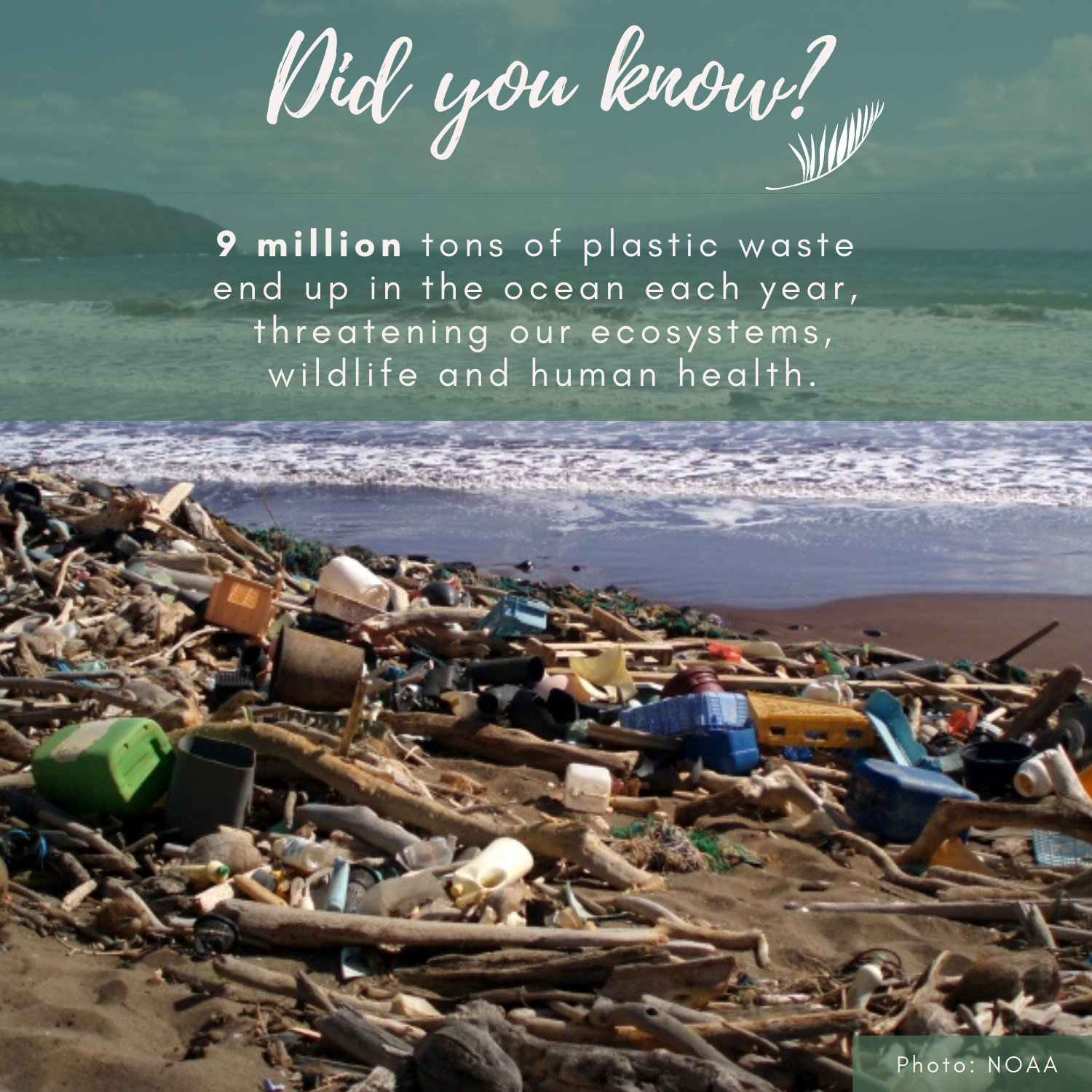
Each year, almost nine million tons of plastic waste end up in the ocean threatening our ecosystems, wildlife and human health. Sources: https://www.nationalgeographic.com https://advances.sciencemag.org https://www.ellenmacarthurfoundation.org 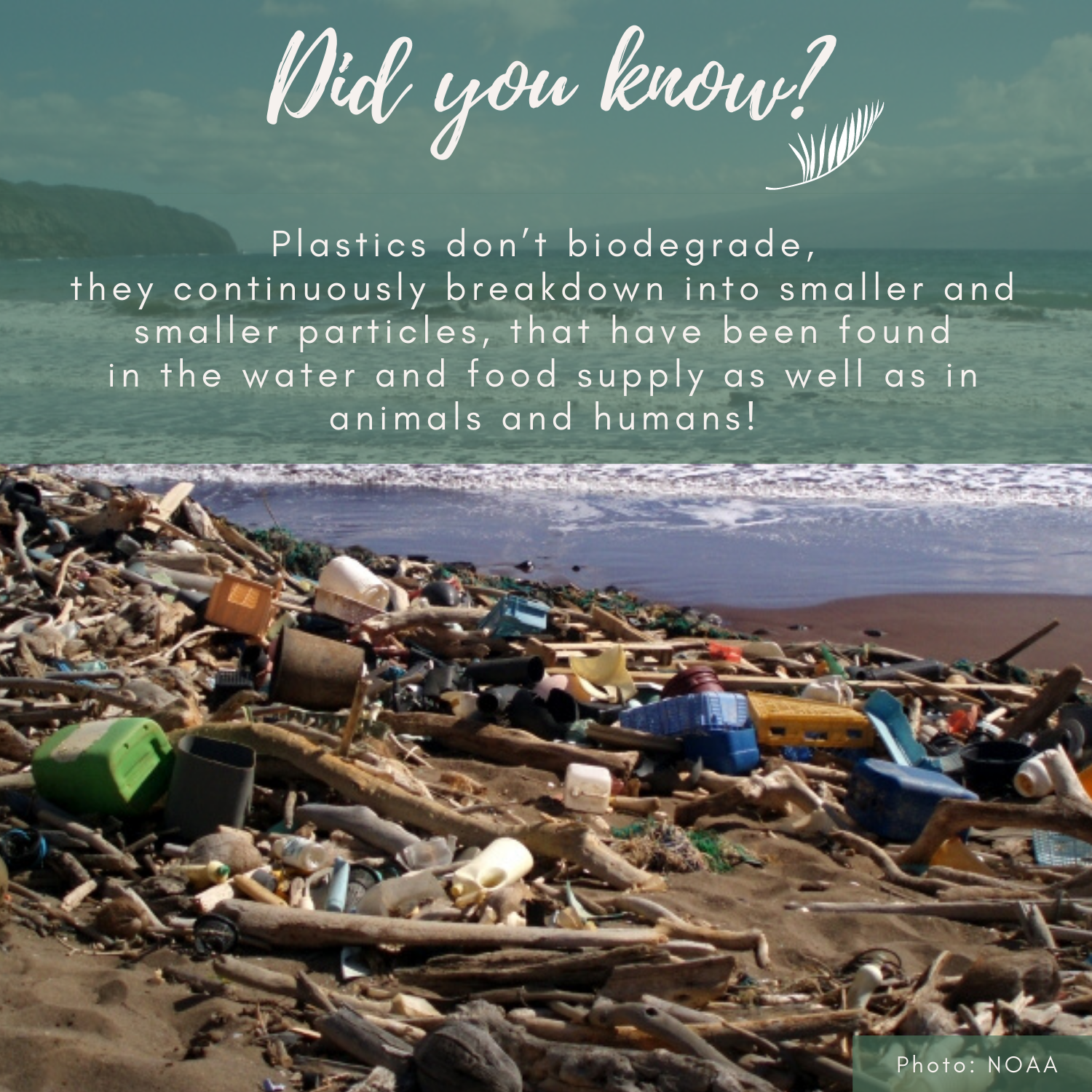
Petroleum-based plastics often get thrown into landfills where they don’t biodegrade, instead, they will continuously breakdown into smaller and smaller particles. These particles, microplastics, have been found in the water and food supply as well as in animals and humans, as fish and other marine creatures ingest the small particles. Sources: https://www.nationalgeographic.com https://advances.sciencemag.org https://www.ellenmacarthurfoundation.org 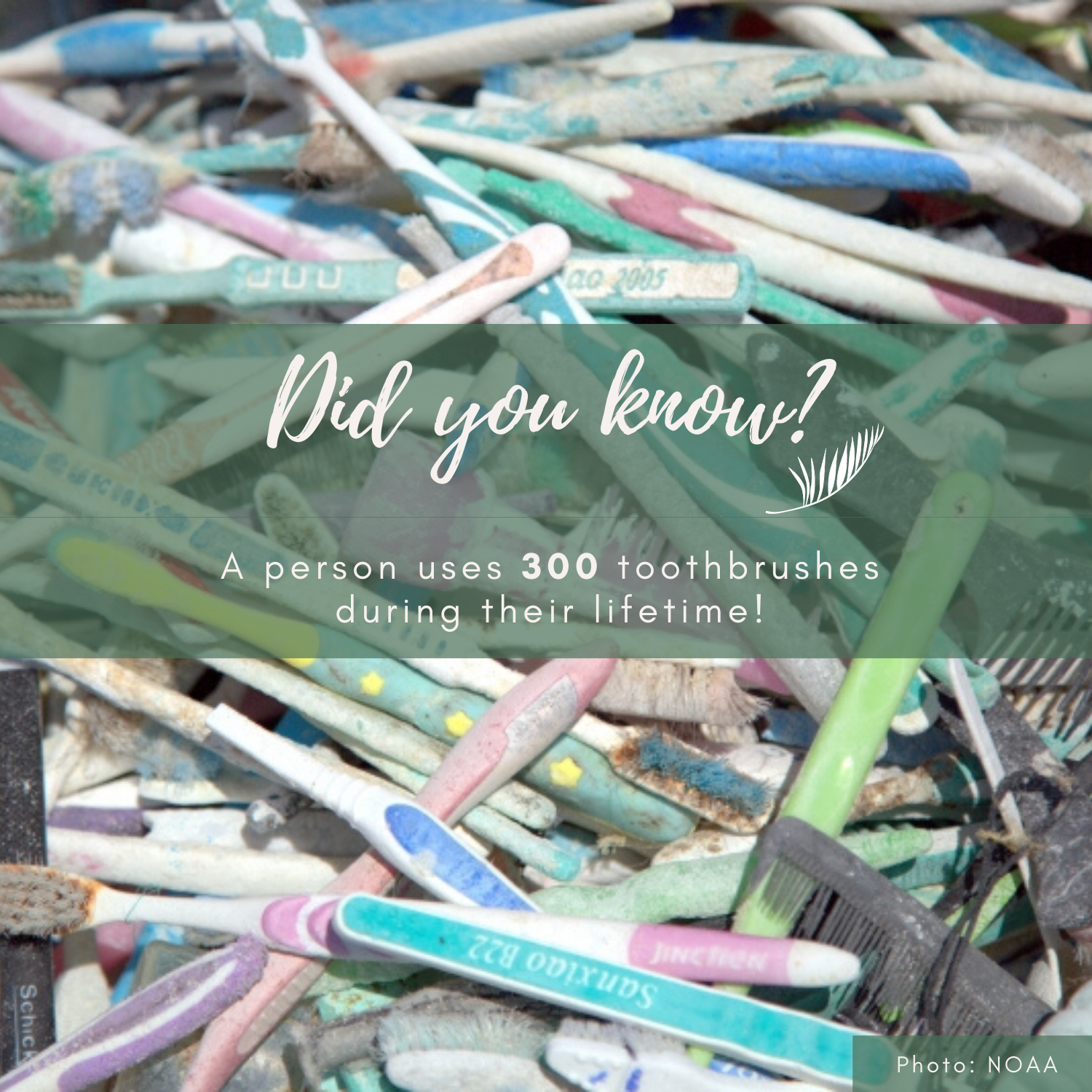
A person uses 300 toothbrushes during their lifetime and because plastic is essentially indestructible, nearly every single toothbrush made since the 1930s is still out there on a landfill or in the sea! Sources: https://www.nationalgeographic.com 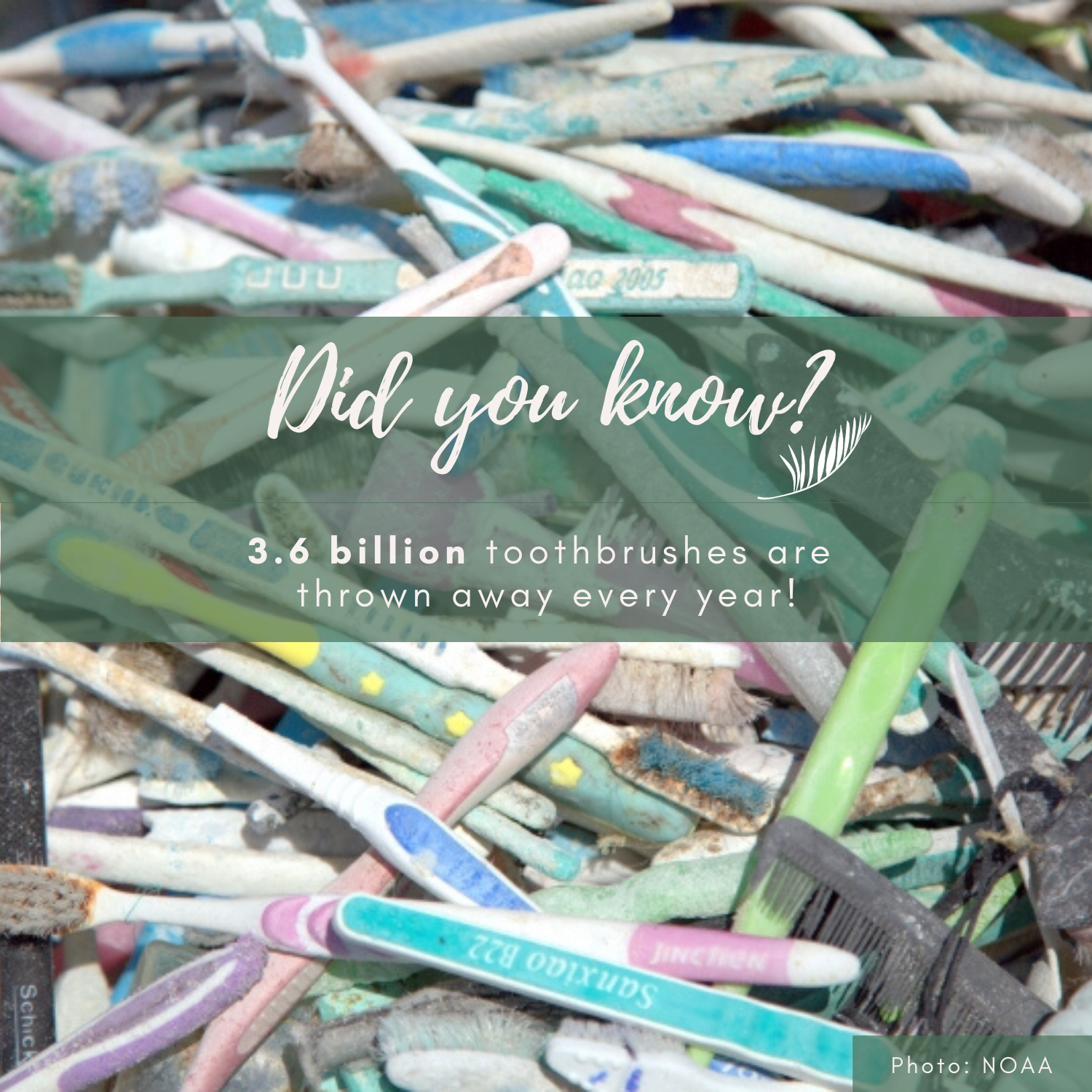
3.6 billion toothbrushes are thrown away every year, and 80 percent of that ends up in the sea or landfills Our natural bamboo toothbrushes biodegrade after only 6 months! Sources: https://www.nationalgeographic.com 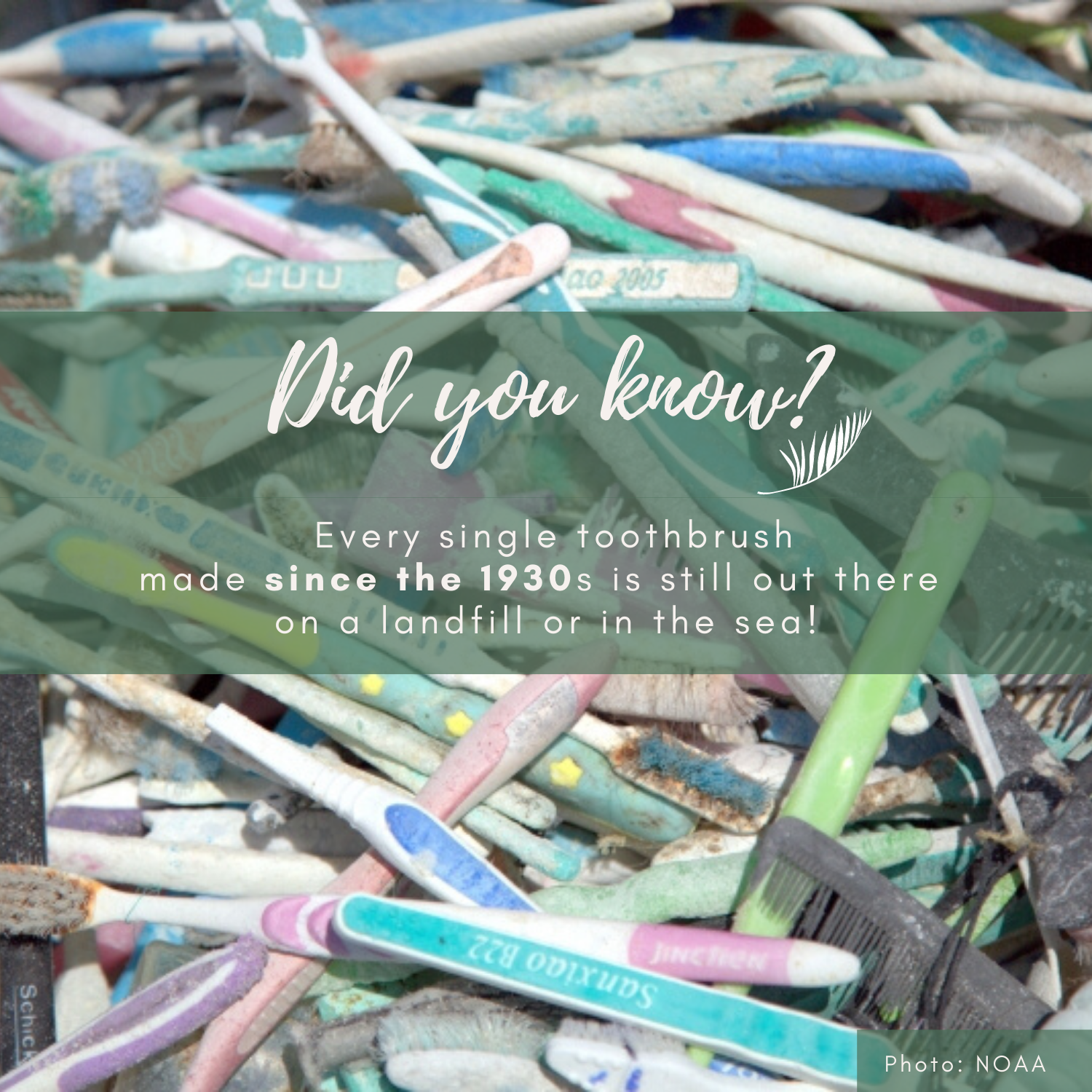
Plastic toothbrushes are not recyclable (unlike our lovely bamboo toothbrushes) since small parts get stuck in the machinery. And because plastic is essentially indestructible (~1000 years to degrade), nearly every single toothbrush made since the 1930s is still out there in the world somewhere, living on as a piece of trash. On average, a person will use 300 toothbrushes during their lifetime! Sources: https://www.nationalgeographic.com 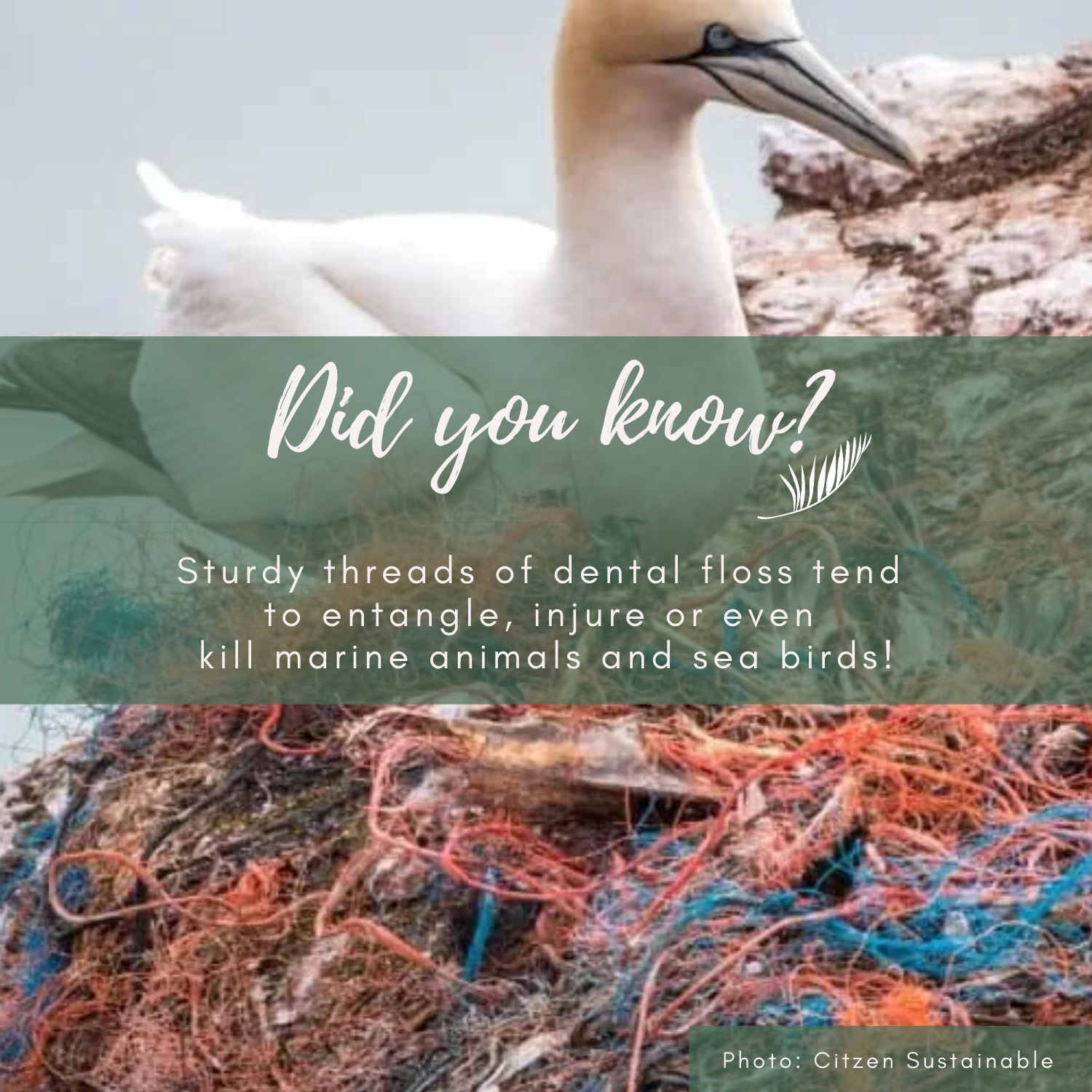
Most regular floss is made from the plastic known as nylon, a non-biodegradable, petroleum-based material that can cause a lot of problems. Since nylon floss is virtually impossible to recycle, it ends up in incineration plants (polluting the air), or in landfills, where it turns into microplastics and its particles pollute the soil and groundwater. Plus, it comes with the plastic packaging, which means more plastic waste. In water, plastic chokes ponds, rivers, and oceans and is a danger to marine life. Especially the very sturdy threads of dental floss tend to entangle, injure or even kill marine animals and sea birds. Sources: https://citizensustainable.com 
Plastic buds are found in large numbers on beaches and waterfronts around the world and the leading cause of this phenomenon is the usage of toilets instead of rubbish bins for their disposal. They have been in the top 10 items of beach litter in the UK for the last 25 years! During 2018, 22 plastic buds were found for every 100 meters of UK beach surveyed! With plastic buds ending up on coastlines across the world, once in the ocean they pose a threat to the environment and wildlife, as marine animals may accidentally ingest them. Sources: https://www.europarl.europa.eu 
Plastic buds’ stems are generally composed of polypropylene, one of the most widely produced plastics, meaning they will persist for hundreds of years getting weathered and fragmenting into smaller particles. And as they breakdown, they can release toxic components, like the chemicals used to dye or coat the plastic. Sources: https://www.europarl.europa.eu 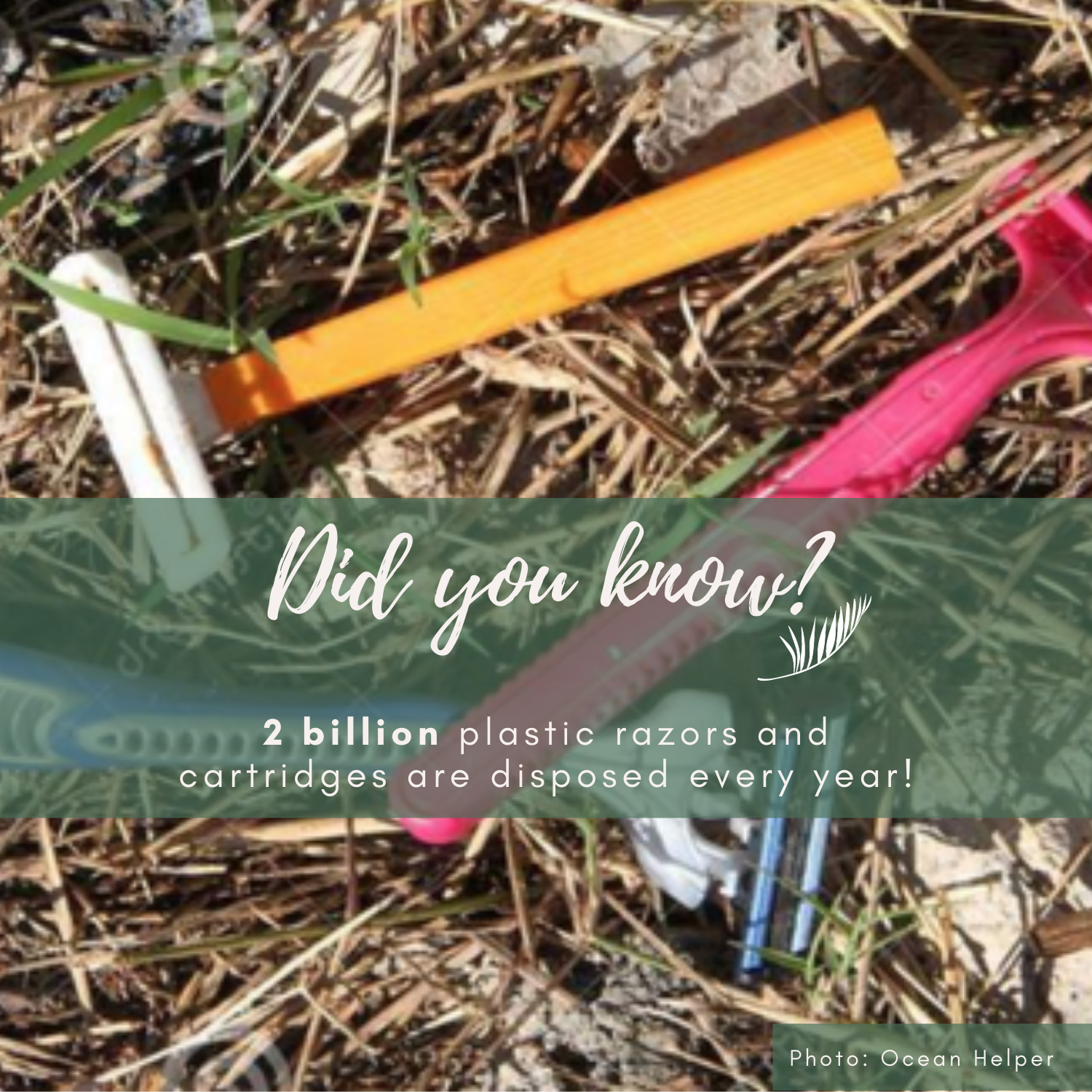
Plastic razors cheap, true but they don’t last long at all and can’t be recycled. Two billion plastic razors and cartridges are disposed every year, resulting from the men’s daily grooming routine and the women’s beauty habit regime! Only in UK, around 5.5 million people used disposable razors in 2018! Most people will use more than 1 disposable razor per year. Add that to the packaging and bottles of shaving foam and gel, we start to reveal a mighty amount of plastic heading to landfill. Sources: 
2 billion plastic razors and cartridges are disposed every year! 5.5 million people used disposable razors in the UK in 2018! Sources: 
Most women will menstruate for about 40 years in total, bleeding for about five days a month, or about 2,400 days over the course of a lifetime. So, on average, a single woman will use 10 thousand pads and tampons along her life (250/year), and unfortunately, the vast majority of which will wind up in landfills as plastic waste. ♥ Eco Lovely Solution/Suggestion: why don’t you switch to a reusable sanitary pad? They look and they function like the old technology, but they much better designed so you can wash and reuse them for years without producing plastic waste. By switching to reusables, you can save up to 94% of what you would have spent on disposable products over your lifetime. Sources: https://www.nationalgeographic.com 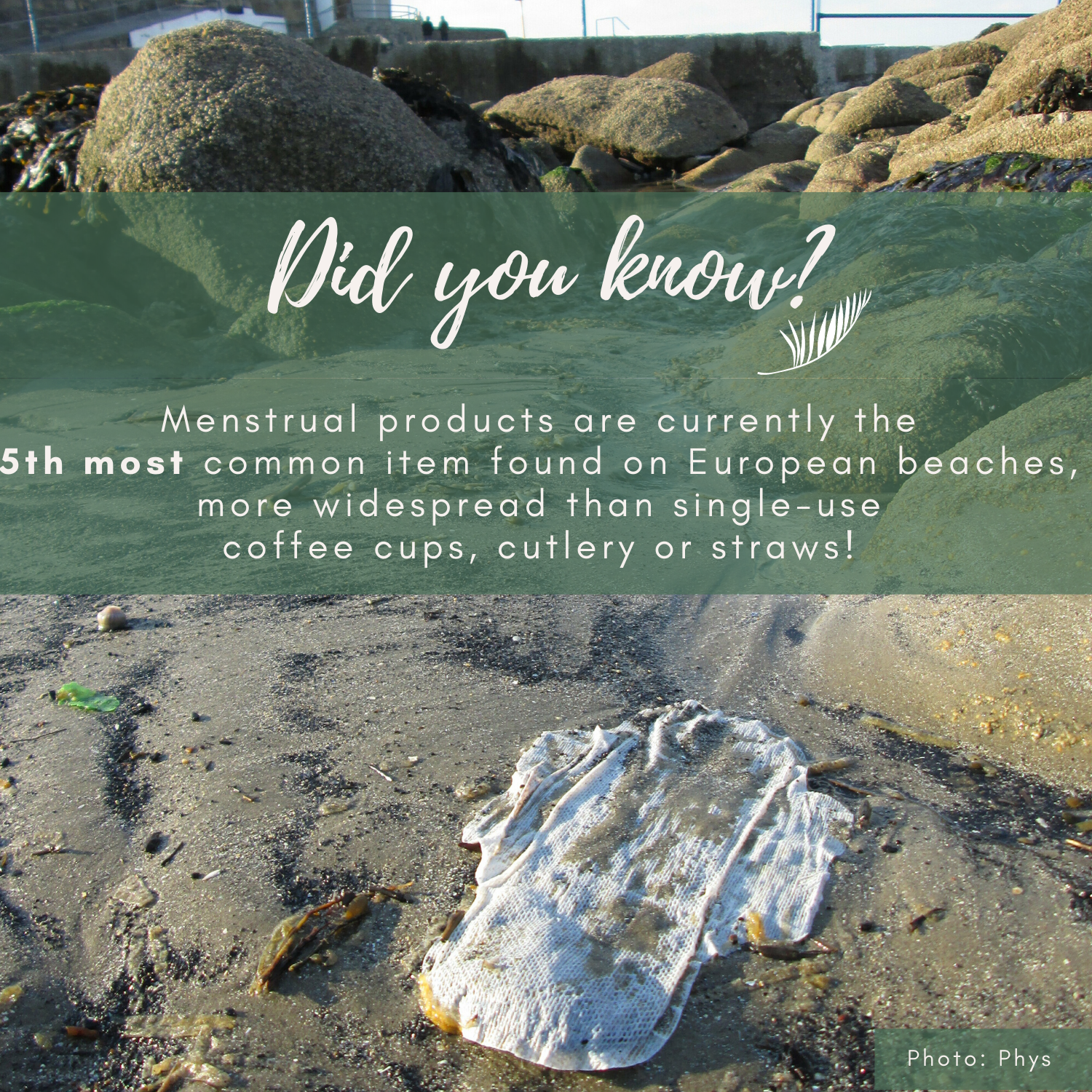
Menstrual products are currently the 5th most common item found on European beaches, more widespread than single-use coffee cups, cutlery or straws! In UK, litter pickers record 6 pieces of period waste for every 100m of beach! See more about how you can get involved with being even more climate friendly Sources:
https://www.nationalgeographic.com 
A big-brand pack of 14 period pads contains the same amount of plastic as five carrier bags! In 2018 alone, people in the U.S. bought 5.8 billion tampons, a third of the global total. While in UK, 2.5 million tampons, 1.4 million pads and 700,000 panty liners are flushed each year resulting in 200,000 tonnes of waste per year, which can take centuries to biodegrade. Sources:https://www.nationalgeographic.com 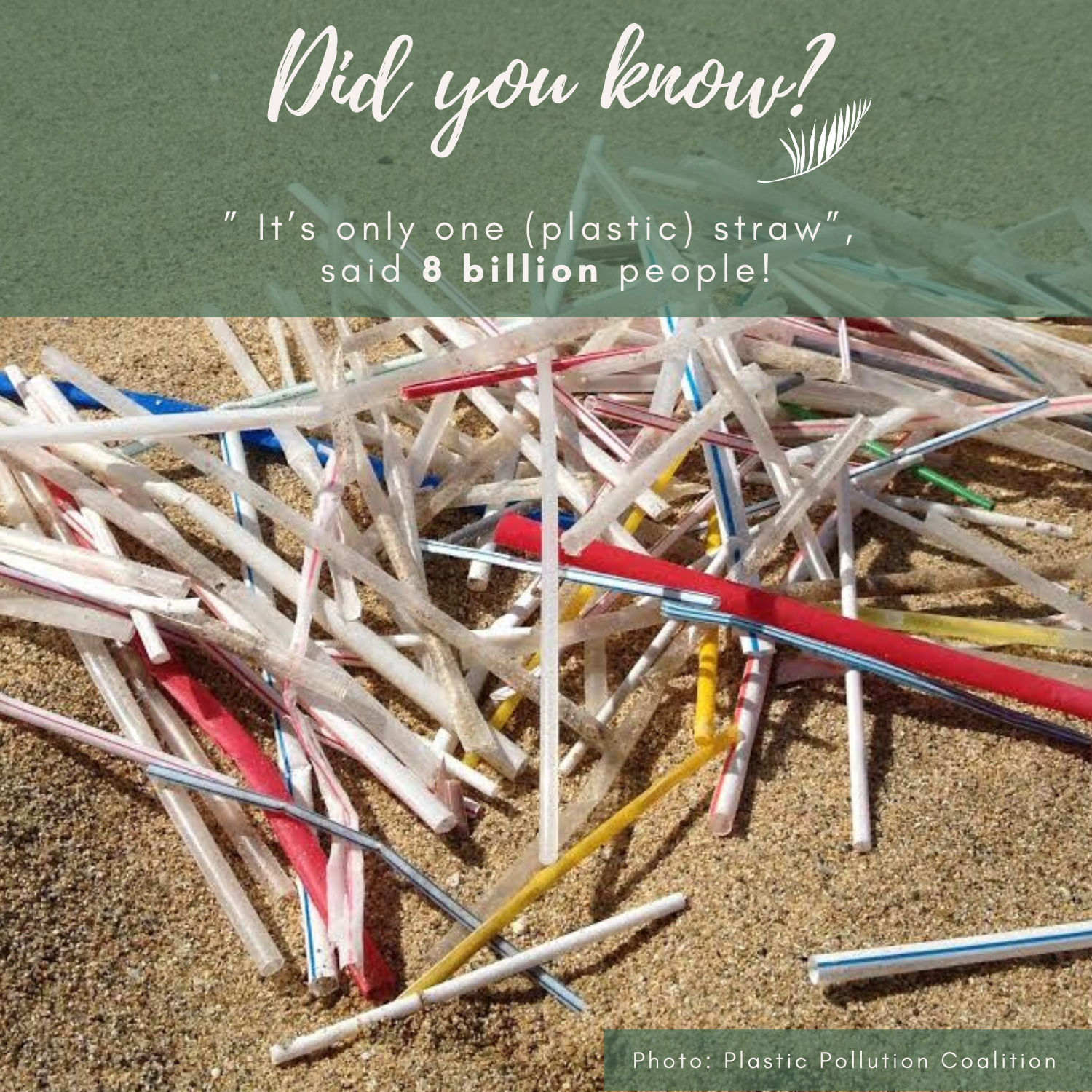
Plastic straws don’t decompose easily, it usually takes thousands of years. During that time, plastic keeps breaking up into smaller and smaller pieces, until it becomes microscopic fragments, which reaches and settles down for a long time on our landfills and our oceans. And while it keeps breaking apart, plastic releases toxic chemicals such as BPA (a known carcinogenic) into the water. The microscopic plastic is also ingested by the fishes and other marine animals, from where it travels up the food chain, and often reaches our dinner table. Sources:https://www.europarl.europa.eu 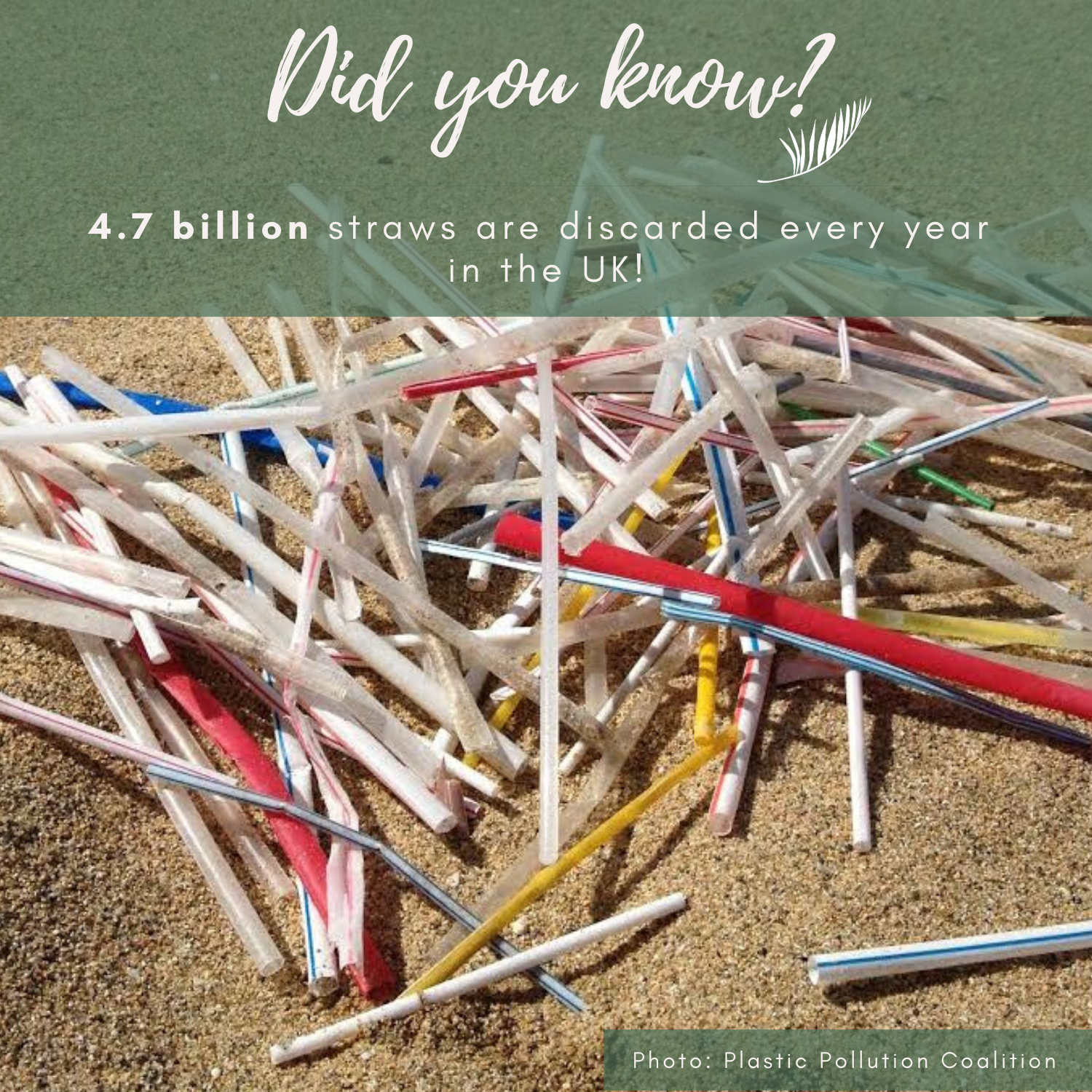
Plastic Straws are one such single-use item that due to its popularity is produced on a massive scale by the billions every day, gets used once, for hardly 20 minutes or so, and is then tossed away. 4.7 billion straws and 316 million drinks stirrers are used each year in the UK. Thankfully, plastic straws and stirrers will be banned from October 2020 in England and on January 1st, 2021 in France Sources:
https://www.europarl.europa.eu 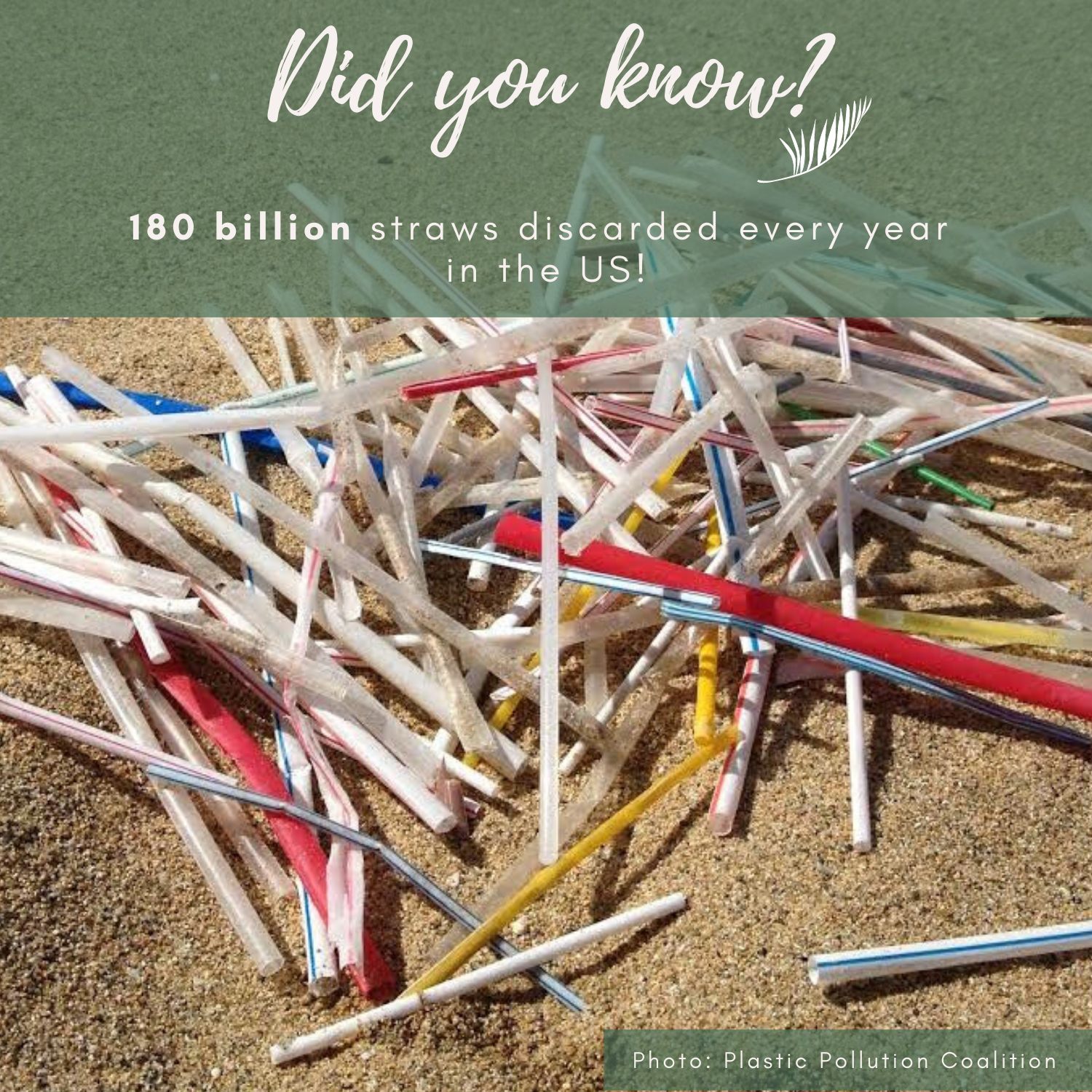
In the U.S. alone, people discard 500 million straws every day, or more than 180 billion a year. That’s about 1.4 million kilograms of plastic sent to landfills and into the oceans every day! ♥ Eco Lovely Suggestion: start using natural and reusable alternatives! Sources:https://www.europarl.europa.eu 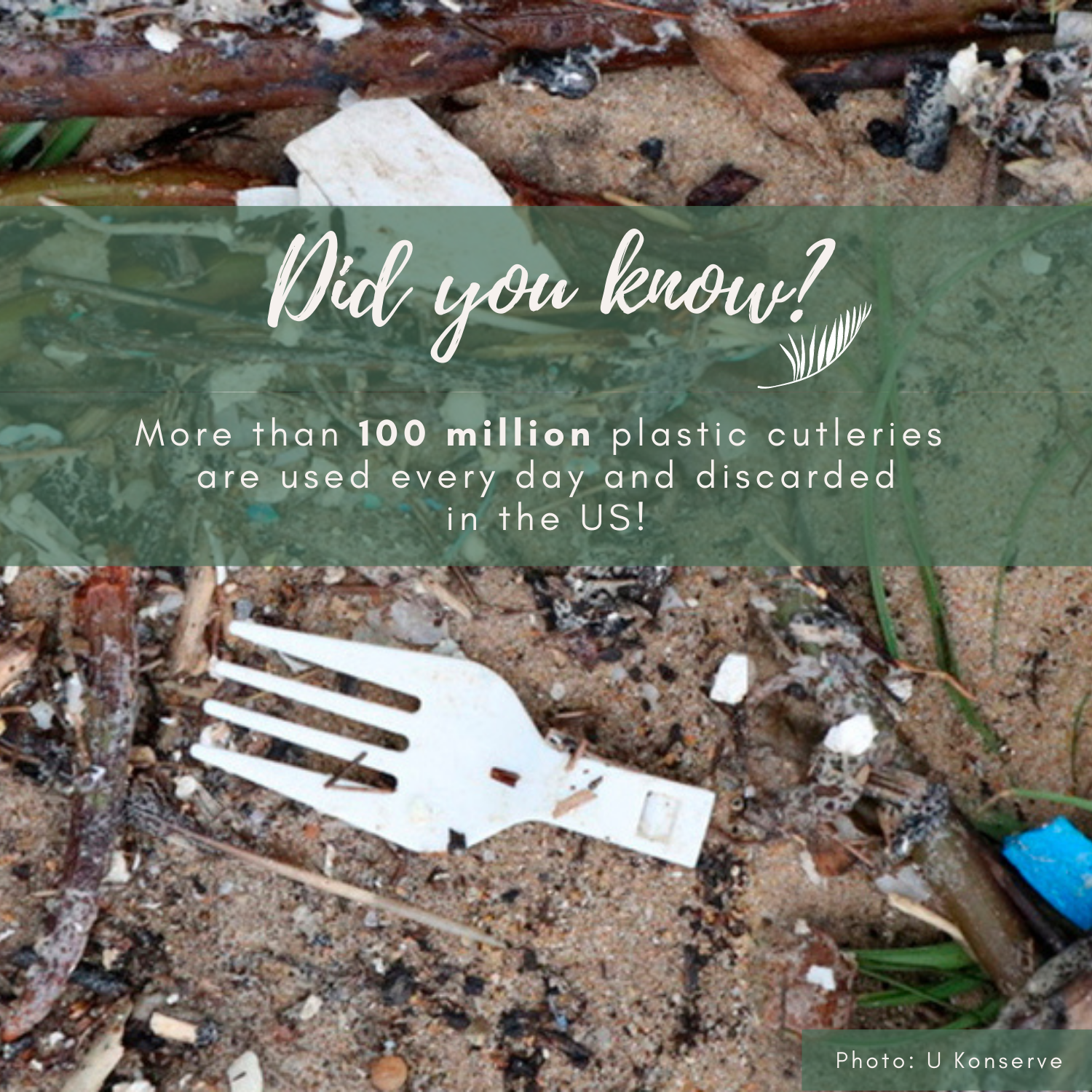
Plastic breaks down into smaller and smaller pieces but cannot biodegrade. Americans alone discard more than 30 million tons of plastic a year; only 9 percent of it gets recycled. ♥ Eco Lovely Suggestion: why don’t you switch to a bamboo spork? Bamboo is the fastest growing plant on earth! It naturally regrows after harvesting without the need for pesticides, making the bamboo a very sustainable resource. Plus, your bamboo spork is biodegradable and it will take from few weeks to 6 months to break down, returning nutrients to the soil, helping other plants to develop. Sources:
https://www.europarl.europa.eu 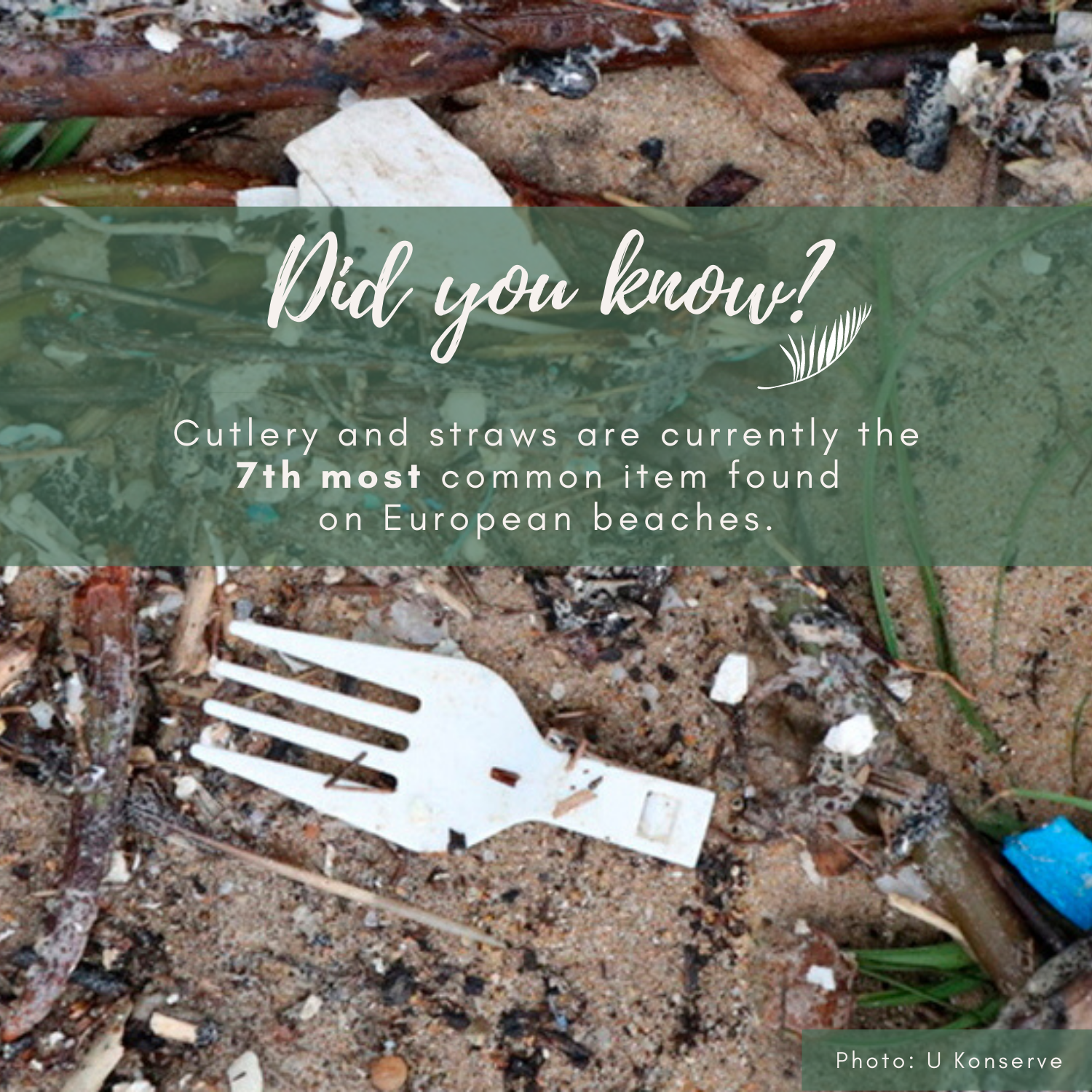
40 percent of produced plastic is used once and then discarded, like plastic cutlery. Most plastic cutlery are made of polystyrene, which can release toxic chemicals when heated. Single-use utensils can take up to 1,000 years to decompose, giving the plastic waste ample time to work its way into the environment. Billions of forks, knives, and spoons are thrown away each year. In the United States, more than 100 million plastic cutleries are used every day and discarded! Cutlery and straws are currently the 7th most common item found on European beaches. Plastic straws, coffee stirrers and plastic cutlery will be banned from January 1st, 2021 in France. Sources:
https://www.europarl.europa.eu 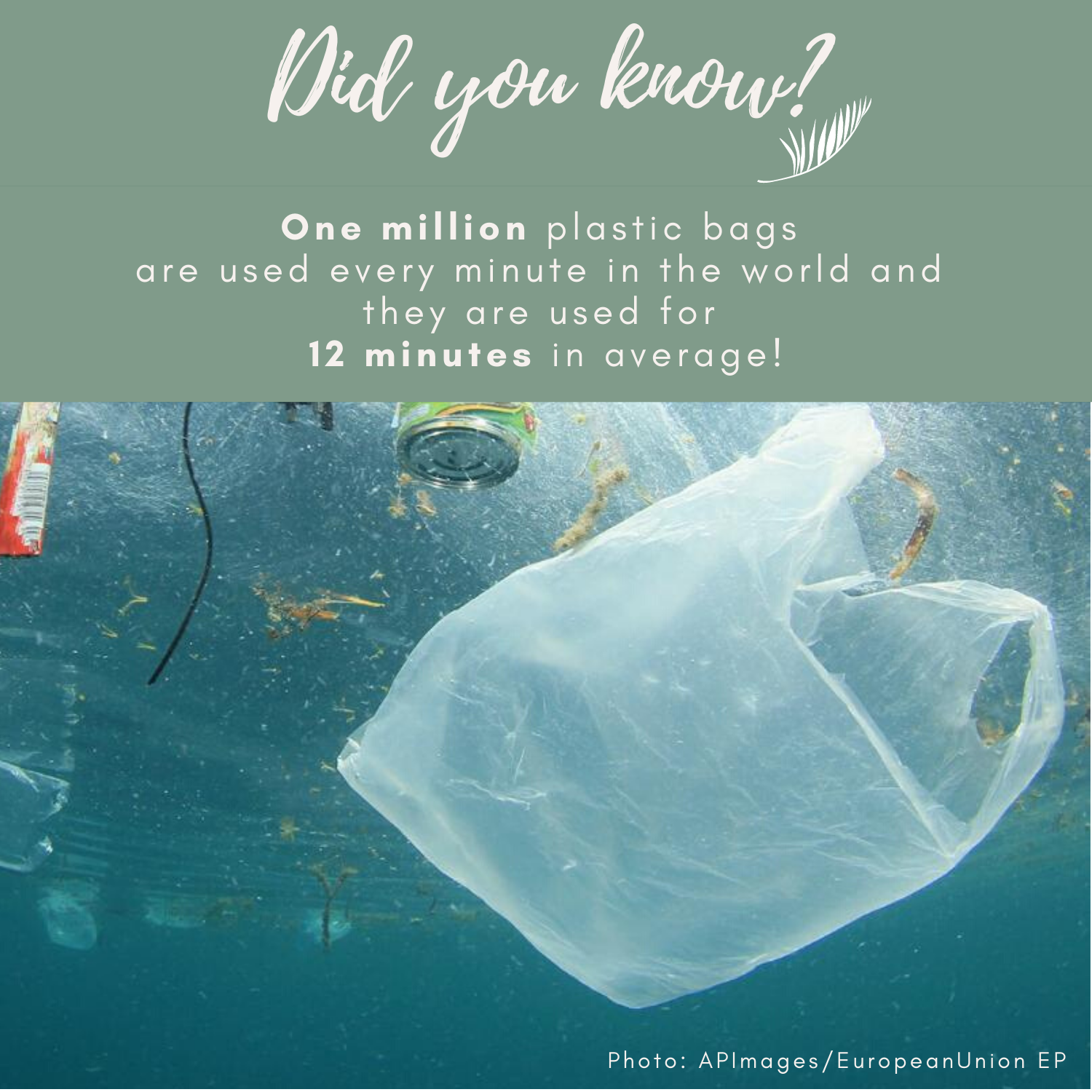
Globally, one million single-use plastic bags are used every minute and only 1% of them are recycled every year. Each one of these bags, are used in average for 12 minutes! Yet plastic bags impact our environment and our health for decades. They are currently the 6th most common item found on European beaches! Shoppers in the United States use almost one plastic bag per resident per day, while shoppers in Denmark use an average of four a year! After the 5p charge per bag was introduced in 2015 in UK, the average person now buys four bags/year, compared to 140 in 2014! The production of thirteen plastic bags requires the same amount of petroleum to drive a car for 1 mile. ♥ Eco Lovely Suggestion: why don’t you switch to a reusable cotton bag? The use of reusable bags by just one person would save over 22,000 plastic bags over a lifetime! And the average reusable bag has the lifespan of 700 disposable plastic bags! By bringing your own bag, you alone can save at least 200 plastic bags per year… this is the number of plastic bags that an average European throw away every year, after having been used only once! Sources:

Shoppers in the United States use almost one plastic bag per resident per day, while shoppers in Denmark use an average of four a year! By bringing your own bag, you alone can save at least 200 plastic bags per year… this is the number of plastic bags that an average European throw away every year, after having been used only once! Sources: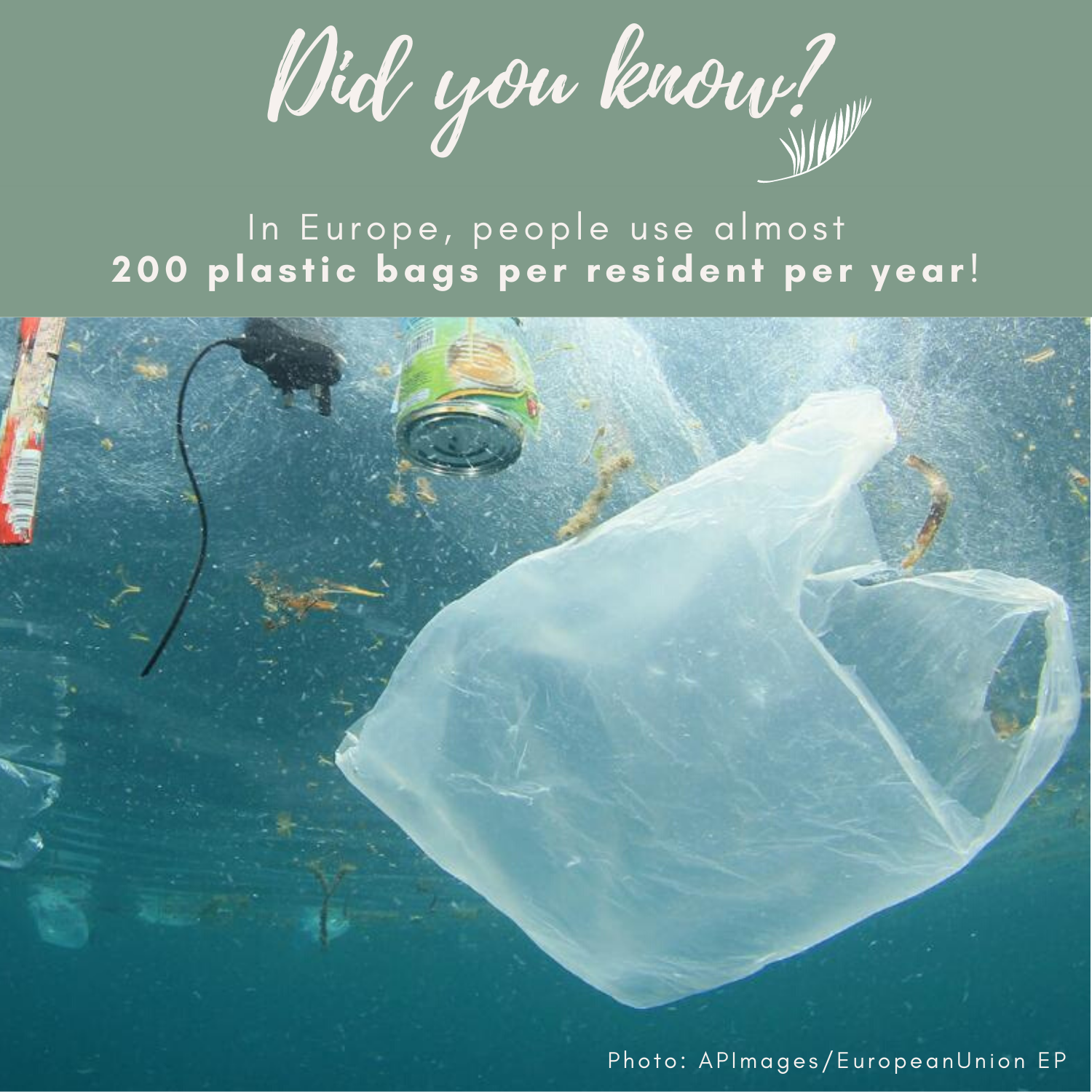
They are currently the 6th most common item found on European beaches! Shoppers in the United States use almost one plastic bag per resident per day, while shoppers in Denmark use an average of four a year! The production of thirteen plastic bags requires the same amount of petroleum to drive a car for 1 mile. Sources:
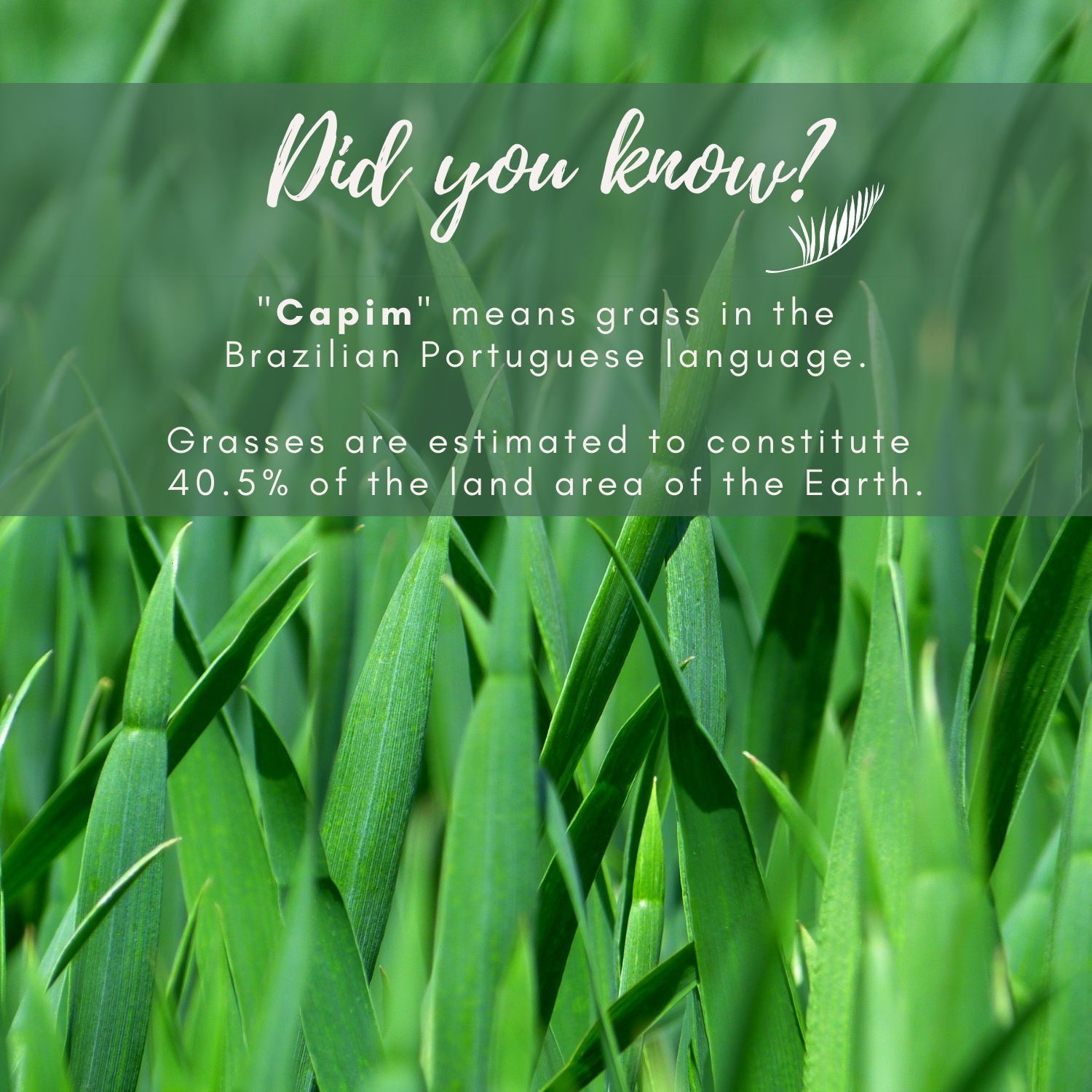
Environment where grasses are dominant, such as savannah and prairie, are estimated to constitute 40.5% of the land area of the Earth (excluding Greenland and Antarctica). But the grasses are also an important part of the vegetation in many other habitats, like the wetlands, forests and tundra. Grass feed more animals than any other plant in the planet, from herds of Mongolian gazelles and Tibetan Yaks to African and Asian buffaloes, from elephants, rabbits, hares to Arctic geese, and many, many more – including cattle, sheep, goats, rabbits and a wide variety of birds. Without any input from us, it is entirely natural and self-sustaining, as long as we let it do what it does best. The roots will regenerate the plant when the tops are eaten, burnt, baked or drowned, grass will survive drought, flood, fire and aggressive cropping. They will survive and flourish in areas where there is insufficient rainfall to support trees. Their root systems of perennial grasses form complex mats that hold the soil in place, preventing it from being blown away in great dust storms. A wide range of micro-organisms, mites, insect larvae, nematodes and earthworms keep the soil in good and fertile condition. These invertebrates, along with symbiotic fungi, extend the root systems, break apart hard soil, enrich it with urea and other natural fertilizers, trap minerals and water and promote growth. |
